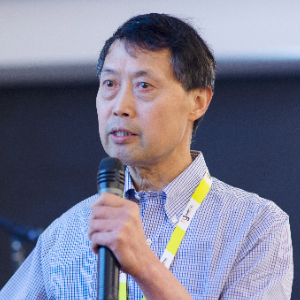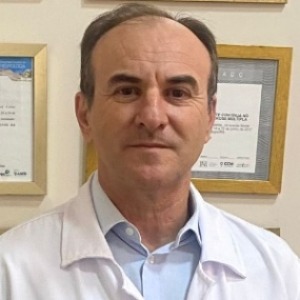Classical Genetics
Classical genetics is the study of the transmission of hereditary characteristics from one generation to the next. It involves the use of traditional genetic techniques, such as cross-breeding, inbreeding, and hybridization, to understand how various traits are passed on. It can also be used to study a variety of different areas, such as disease susceptibility, population genetics, and the development of new varieties of plants or animals. Classical genetics has allowed us to gain a greater understanding of how traits are inherited and passed on from one generation to the next. By studying the parental forms of many species, it is possible to determine which genes are responsible for particular features. This information can then be used to create new breeds of animals or plants with desired features, or to help determine the most likely breeding partner for a particular specimen. Classical genetics also studies the patterns of inheritance between different individuals or populations. This research is important because it can provide valuable information about factors such as susceptibility to disease and the likelihood of genetic disorders. It is also used to determine which DNA variants are present in a particular population. This information can be used to discover the evolutionary history of the population or species as a whole. Classical genetics also involves the use of gene mapping and sequencing technologies. This research is used to understand the structure and function of genes, as well as creating the necessary tools to study them. This allows for greater insights into genetic diseases and disorders, as well as a better understanding of the evolution of genomes. In addition to its research applications, classical genetics is also used in a variety of practical ways. It is often used to breed animals and plants with specific characteristics, such as higher yield or disease resistance. It can also be used to help create food-specific biocontrol agents, allowing for better crop yields. Finally, classical genetics is used in the production of proteins and other products, allowing for the creation of more efficient and precise manufacturing processes.

Ken Ware
NeuroPhysics Therapy Institute, Australia
Robert B Slocum
University of Kentucky HealthCare, United States
Yong Xiao Wang
Albany Medical College, United States
W S El Masri
Keele University, United Kingdom
Jaqueline Tuppen
COGS Club, United Kingdom
Milton Cesar Rodrigues Medeiros
Hospital Santa Casa de Arapongas, Brazil




Title : Perception and individuality in patient cases identifying the ongoing evolution of Myalgic Encephalomyelitis/Chronic Fatigue Syndrome (ME/CFS)
Ken Ware, NeuroPhysics Therapy Institute, Australia
Title : Narrative medicine: A communication therapy for the communication disorder of Functional Seizures (FS) [also known as Psychogenic Non-Epileptic Seizures (PNES)]
Robert B Slocum, University of Kentucky HealthCare, United States
Title : Rabies: Challenges in taming the beast
Alan C Jackson, University of Calgary, Canada
Title : Neuro sensorium
Luiz Moutinho, University of Suffolk, United Kingdom
Title : Traumatic Spinal Cord Injuries (tSCI) - Are the radiologically based “advances” in the management of the injured spine evidence-based?
W S El Masri, Keele University, United Kingdom
Title : Personalized and Precision Medicine (PPM), as a unique healthcare model through biodesign-driven biotech and biopharma, translational applications, and neurology-related biomarketing to secure human healthcare and biosafety
Sergey Victorovich Suchkov, N.D. Zelinskii Institute for Organic Chemistry of the Russian Academy of Sciences, Russian Federation